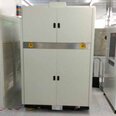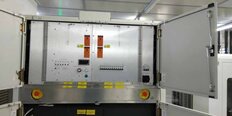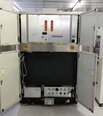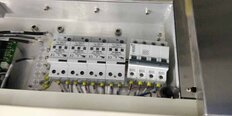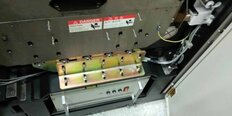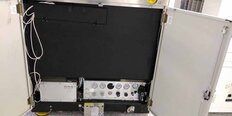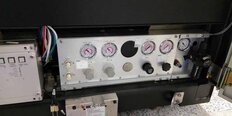Used ESI 9830 #293616675 for sale
URL successfully copied!
Tap to zoom
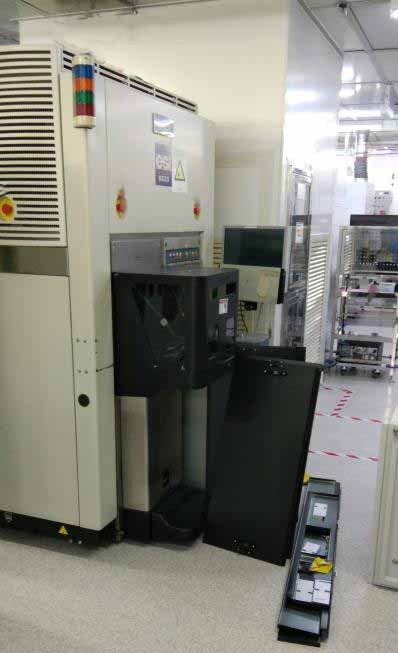

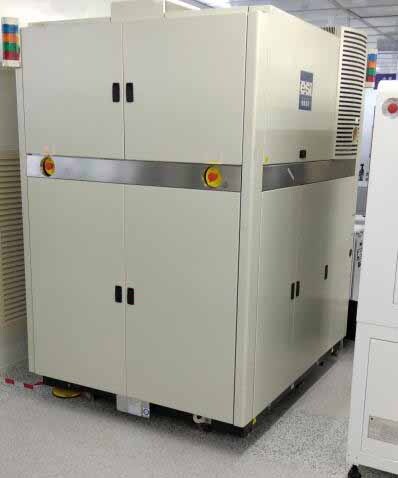

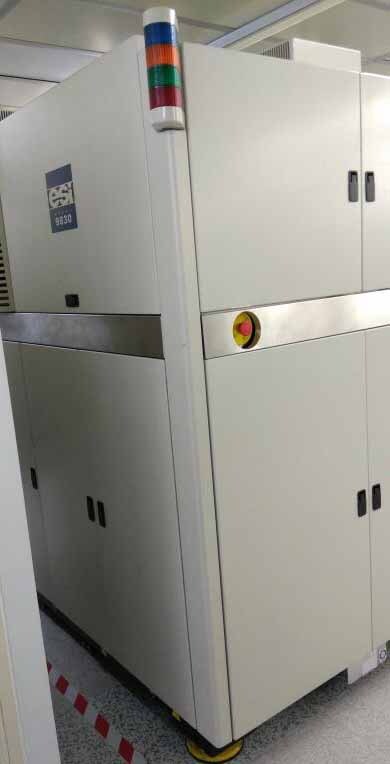

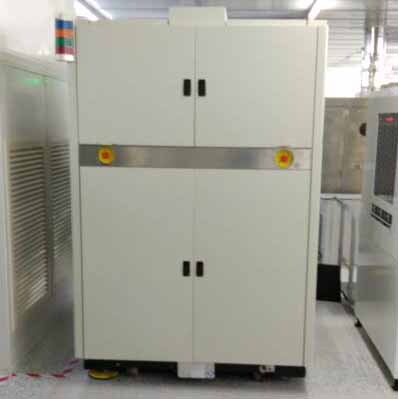

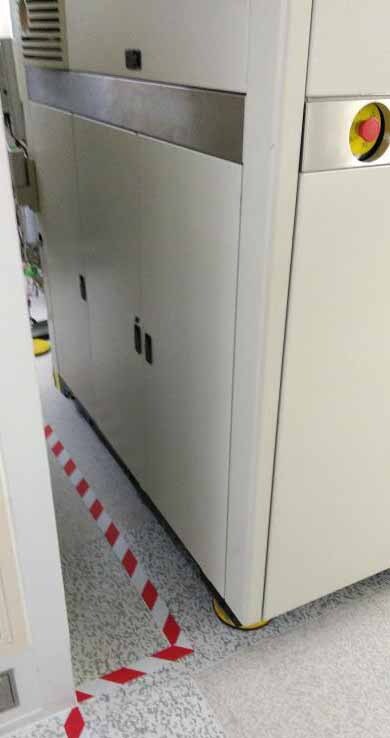

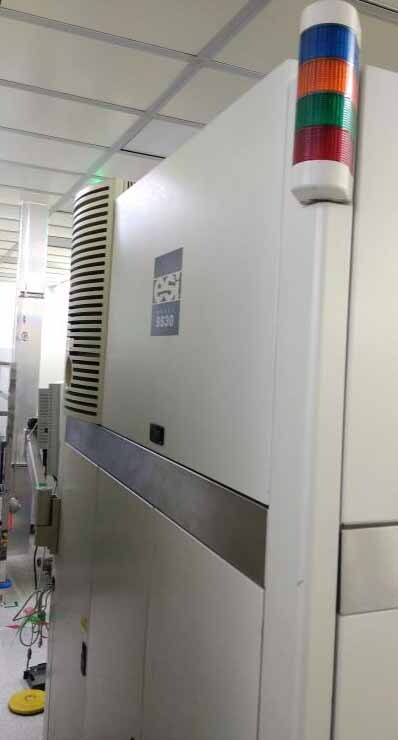

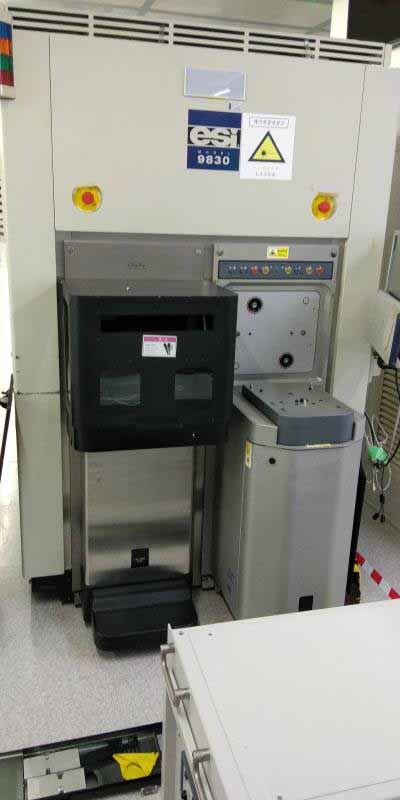

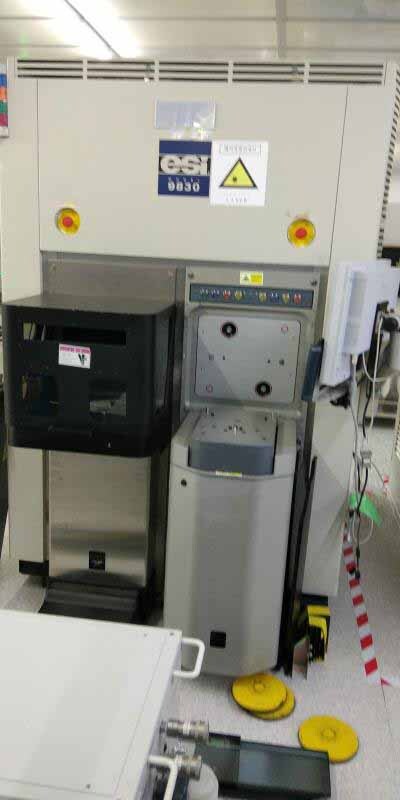

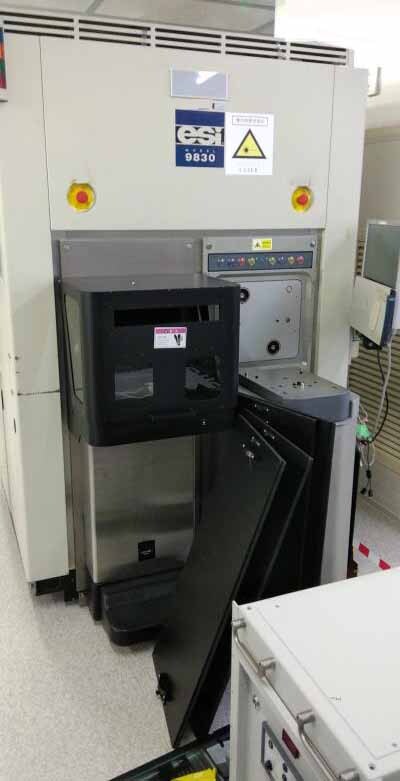

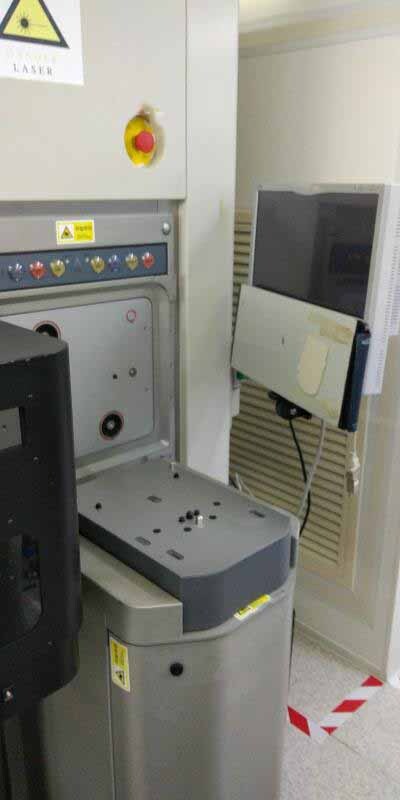

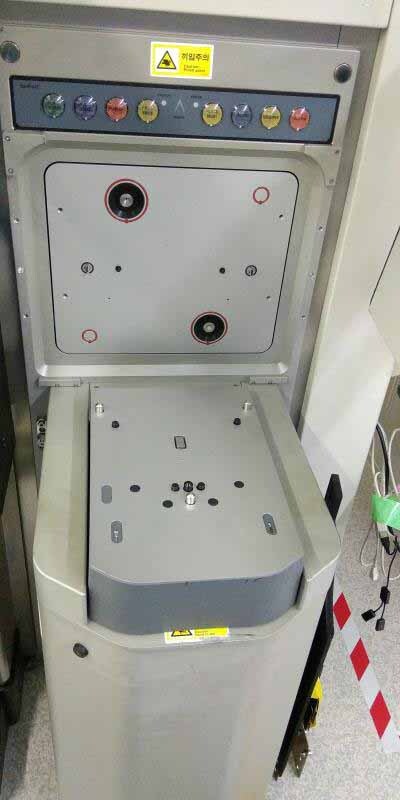

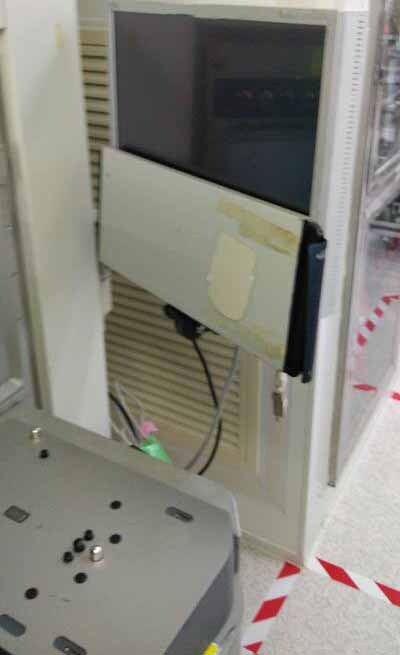

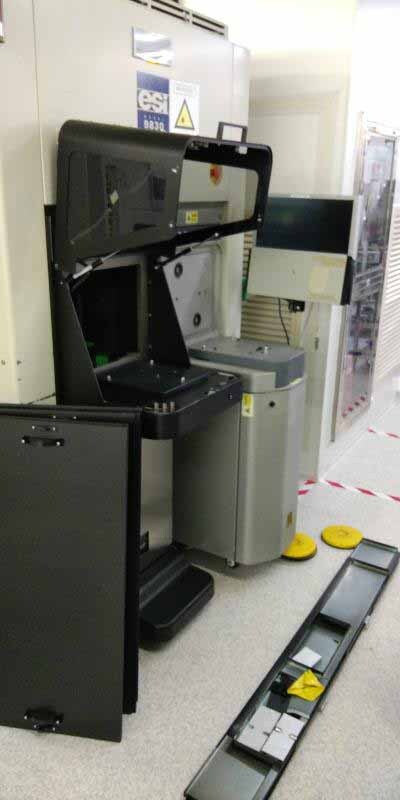



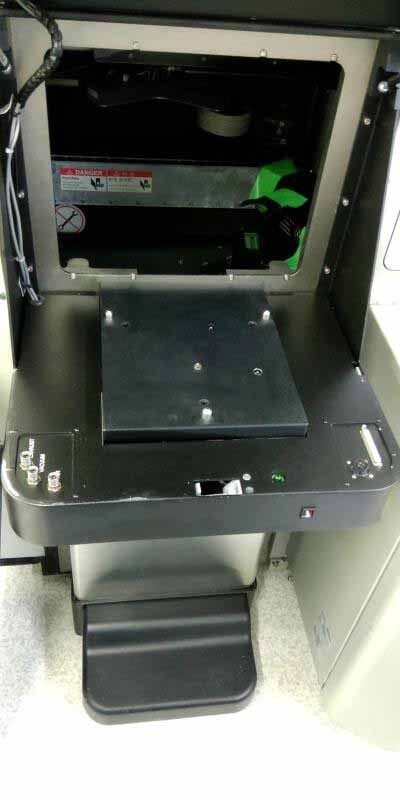

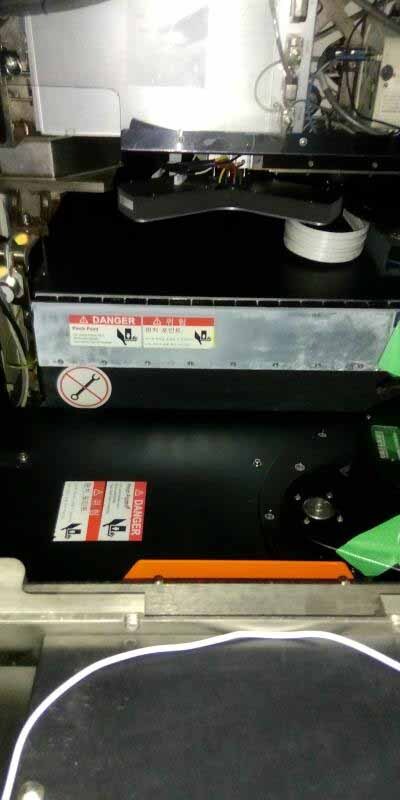

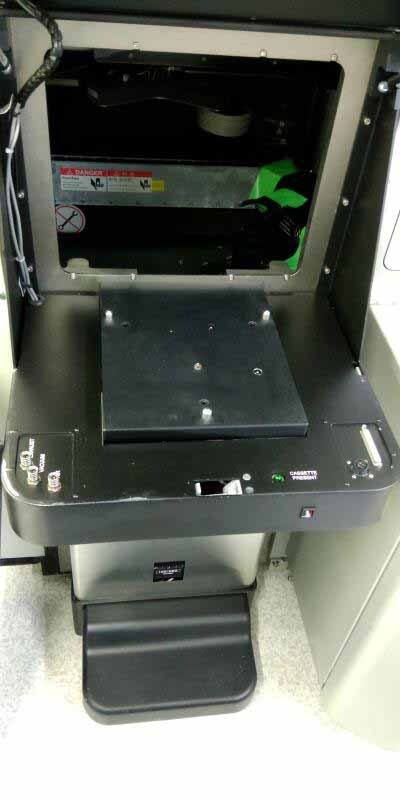

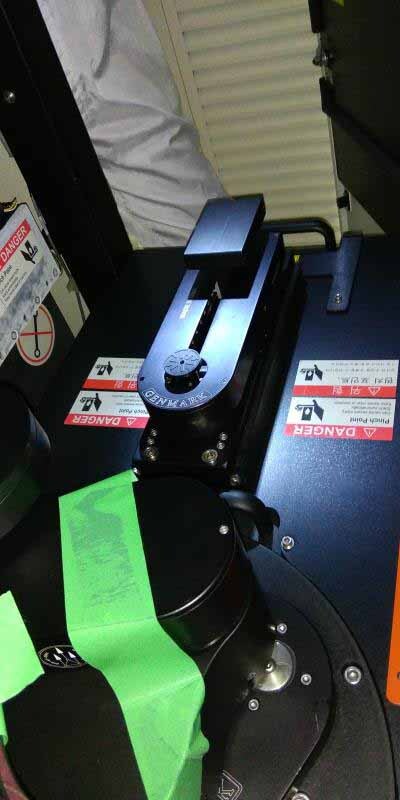

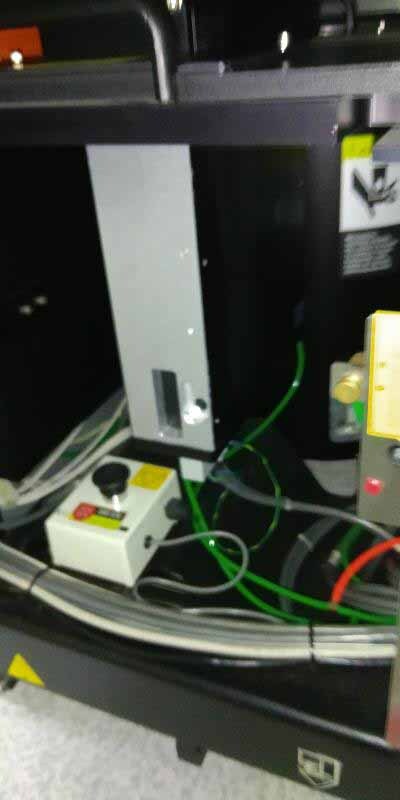

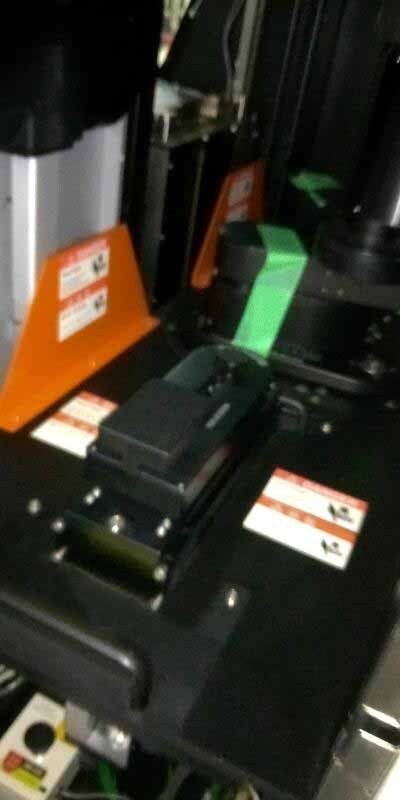

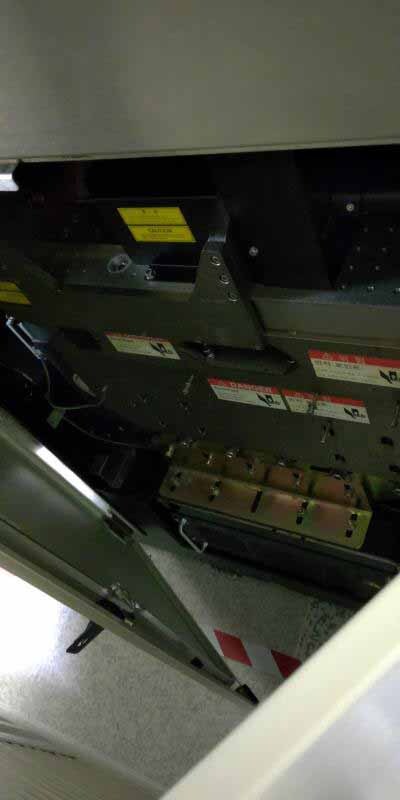

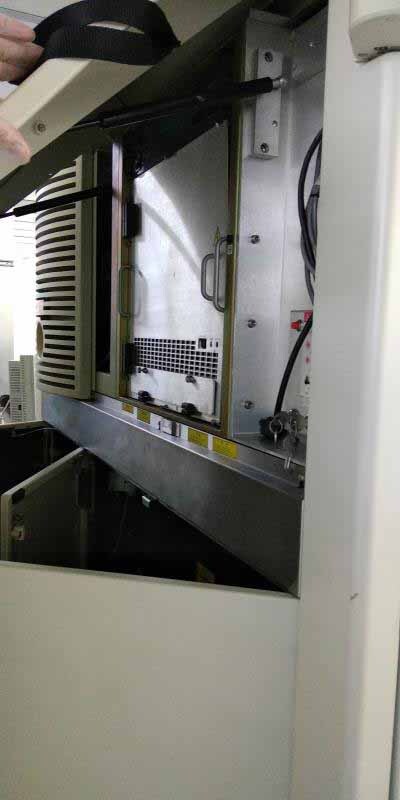

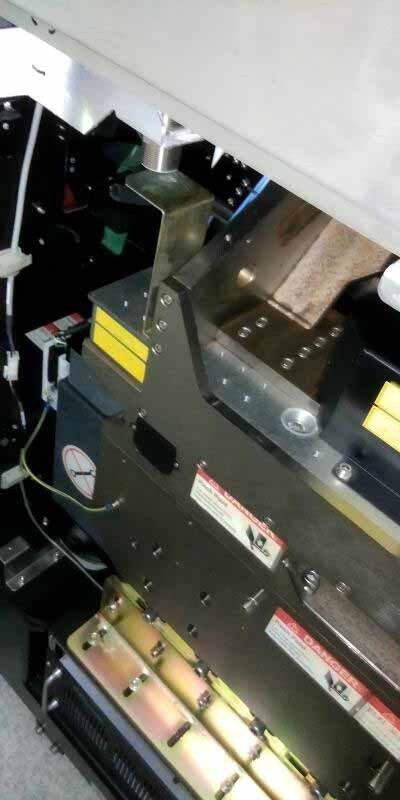

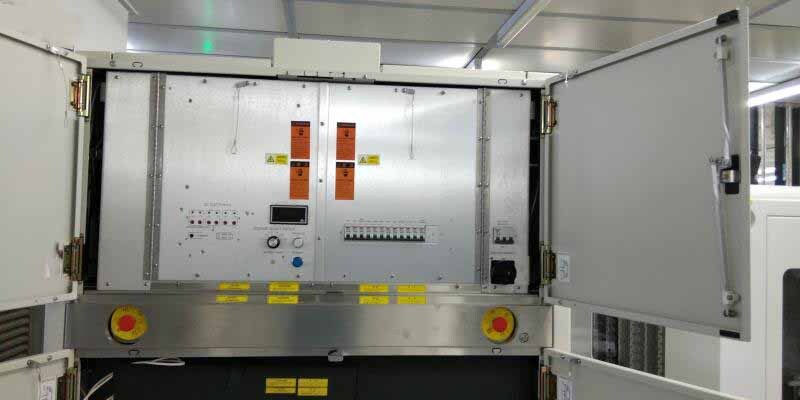

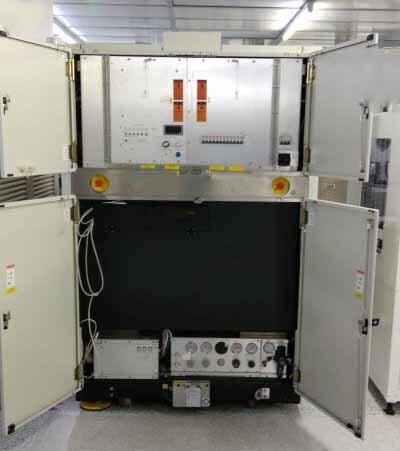

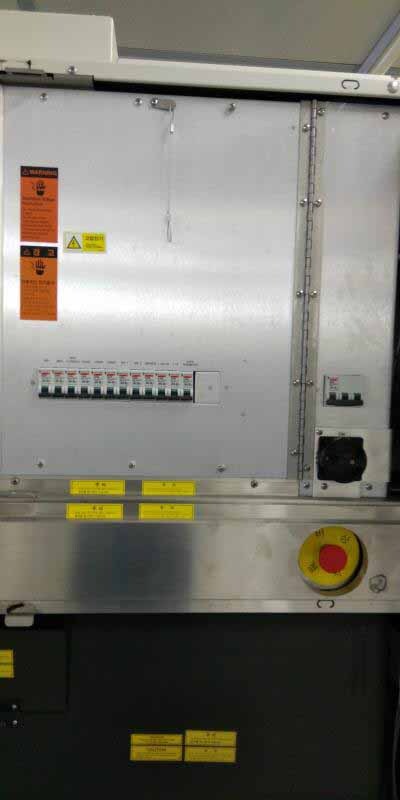

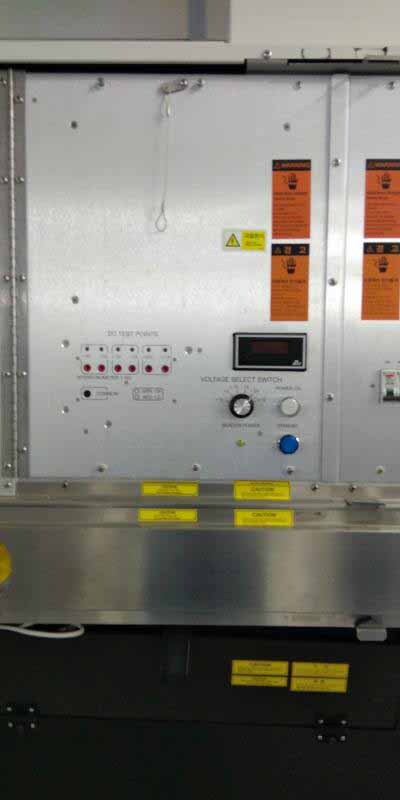

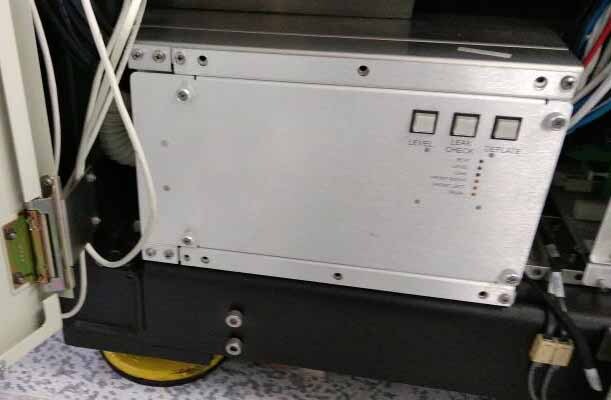

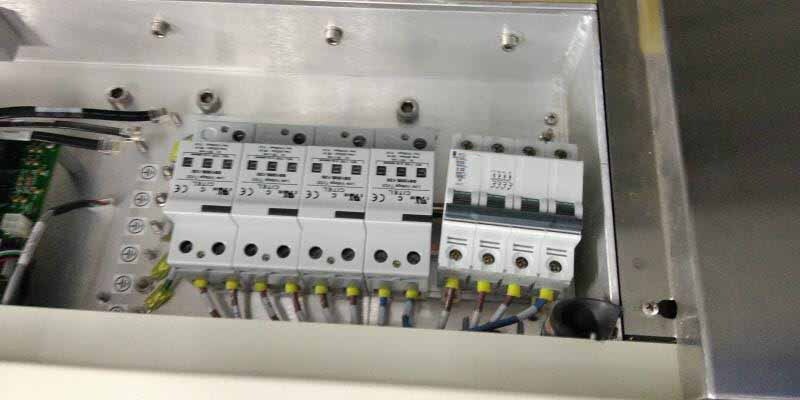

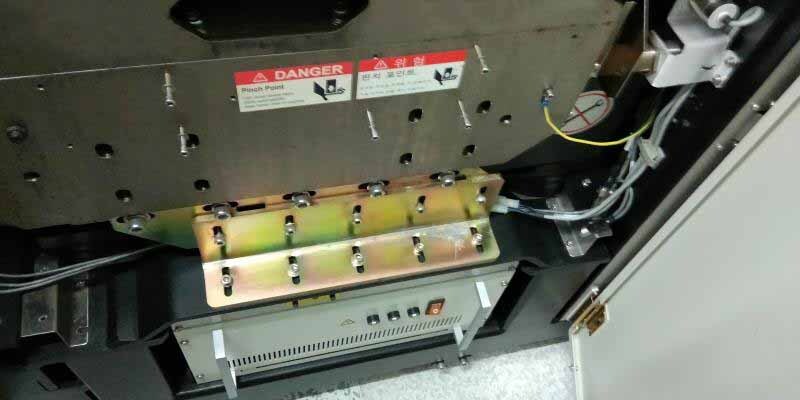

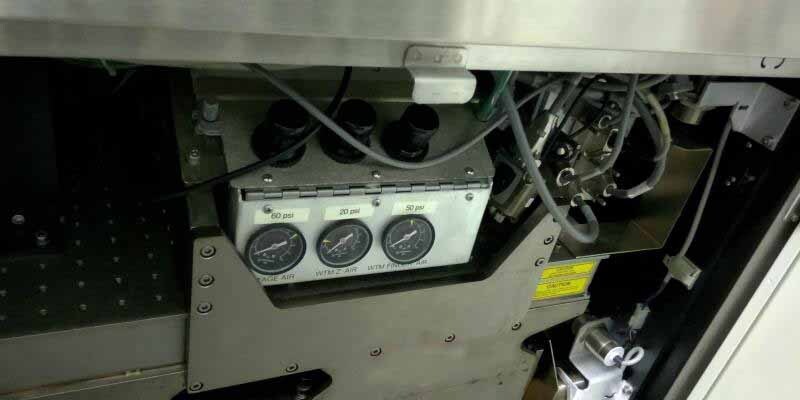

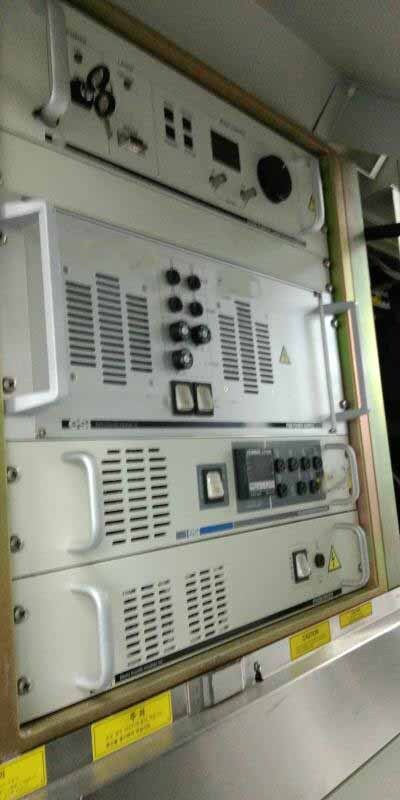

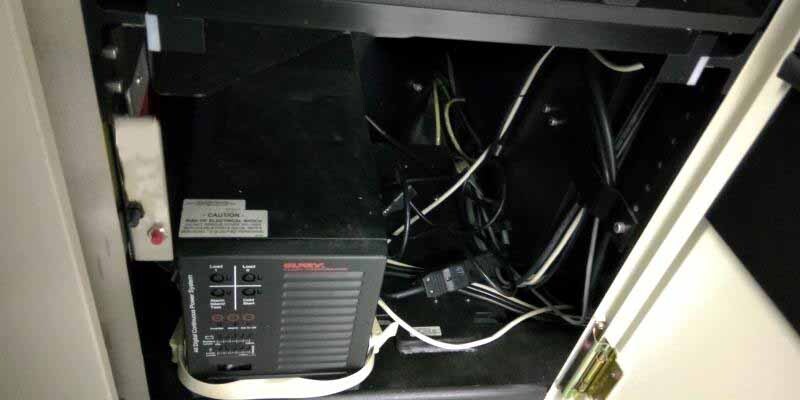



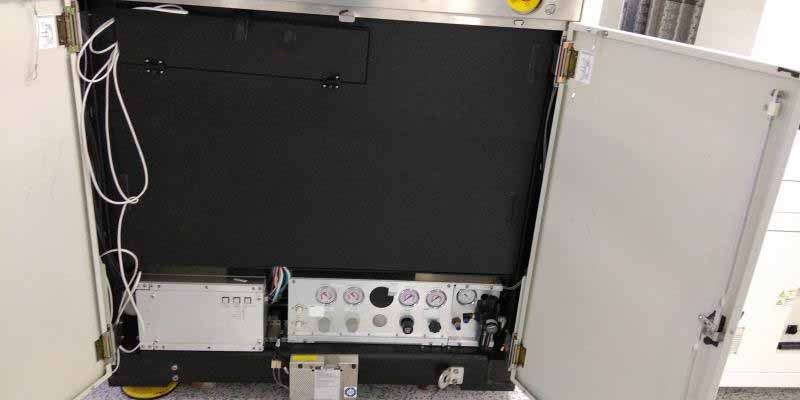

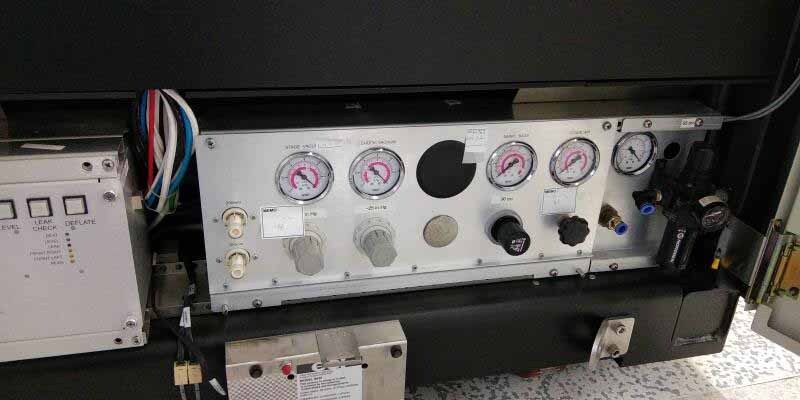



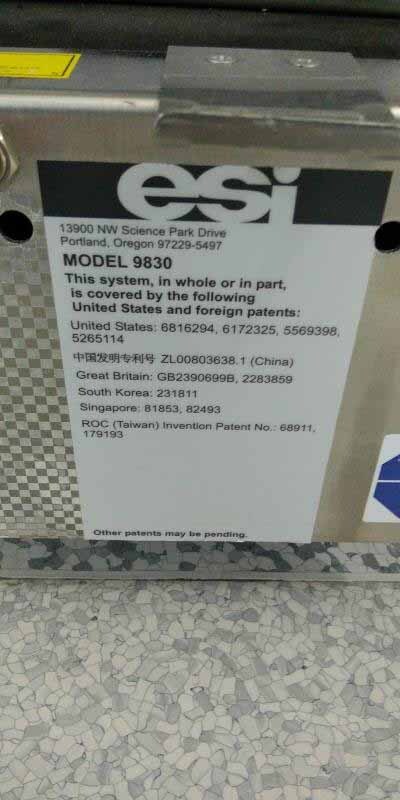

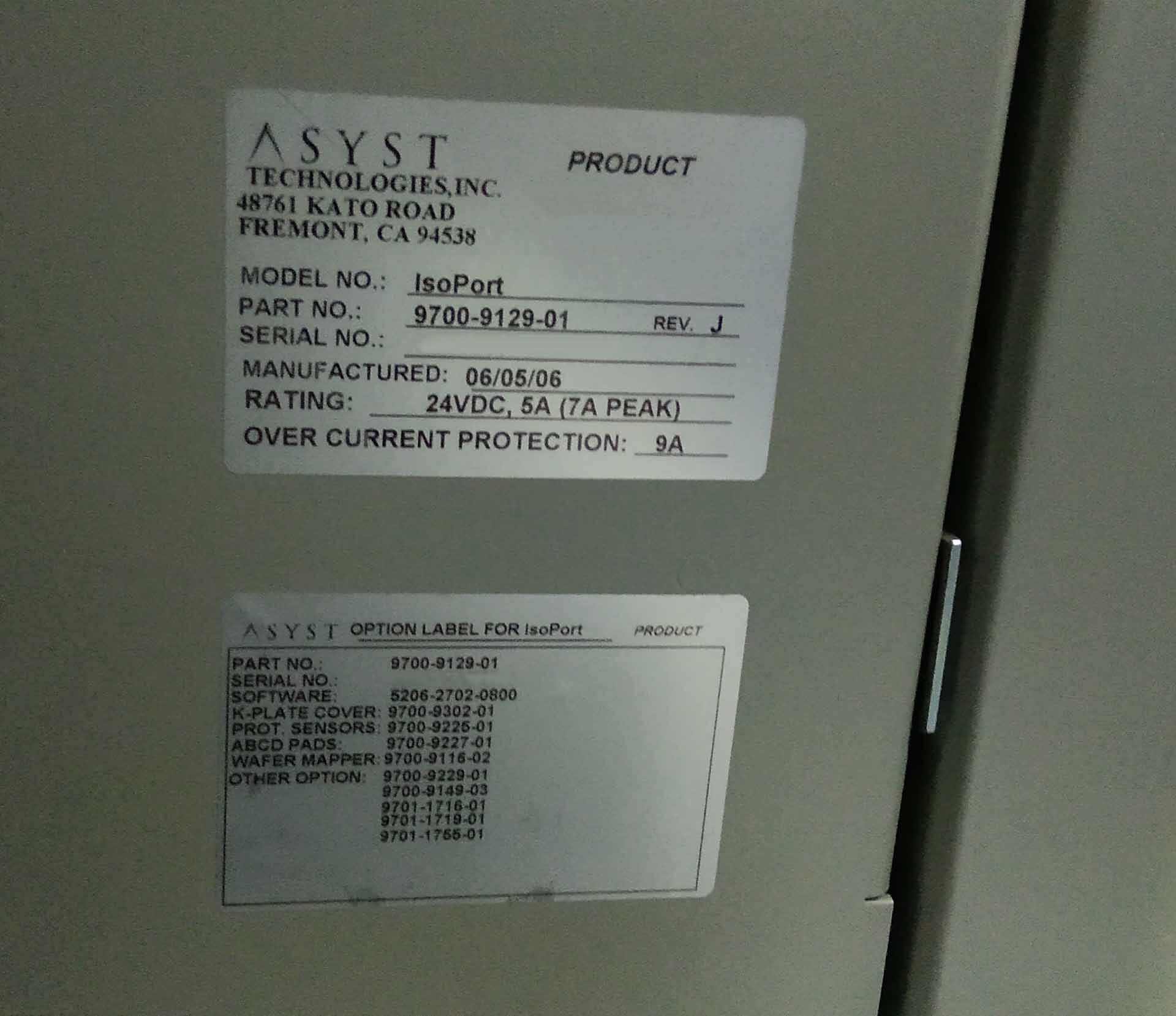

ID: 293616675
Wafer Size: 12"
Laser repair system, 12"
With ASYST IsoPort Load port
Laser hours: 9000.
ESI 9830 is a solid-state laser developed by Electro Scientific Industries (ESI) for use in industrial and academic research applications. It is a diode-pumped, passively Q-switched laser with a green wavelength of 532 nanometers and a maximum output of 30 mJ at a repetition rate of 10 Hz. 9830 consists of a Nd:YAG based rod, surrounded by a diode-pumped flashlamp, an intracavity directly reflector, and a passive Q-switch. The Nd:YAG rod is an approximately 2" long x 1" diameter cylinder with a Nd:YAG end cap. It is the host of the laser medium, and acts as the active gain medium. It is powered by a diode-pumped flashlamp, which pumps energy into the rod to produce the laser emission. The intracavity reflector is located inside the laser cavity and changes its optical characteristics according to the amount of energy stored in the cavity. The Q-switch is a passive device which restricts the laser emission of the flashlamp until the laser medium has enough energy; when the laser medium reaches a high energy state, the Q-switch releases a short, high-intensity pulse of laser light. ESI 9830 features an adjustable repetition rate which can be set to up to 10 Hz, with a maximum output of 30 mJ. Additionally, it's pulse-shaping capabilities allow for peak-to-peak energy control to maximize energy extraction from the laser medium, ensuring consistent output energy. Its wavelength of 532 nm makes it particularly suited for applications such as laser-materials processing, laser drilling, and laser cutting, where its highly focused high-energy beam can be used to precisely and quickly alter the physical characteristics of a target material. Its low-temperature operation also ensures that its use does not cause undesirable thermal damage to the target material. Overall, 9830 is a robust, reliable laser capable of producing high-energy beams of green light. Its adaptable repetition rate, peak-to-peak adjustable energy control, and its ability to produce a low-temperature output makes it beneficial to a variety of research and industrial applications.
There are no reviews yet



